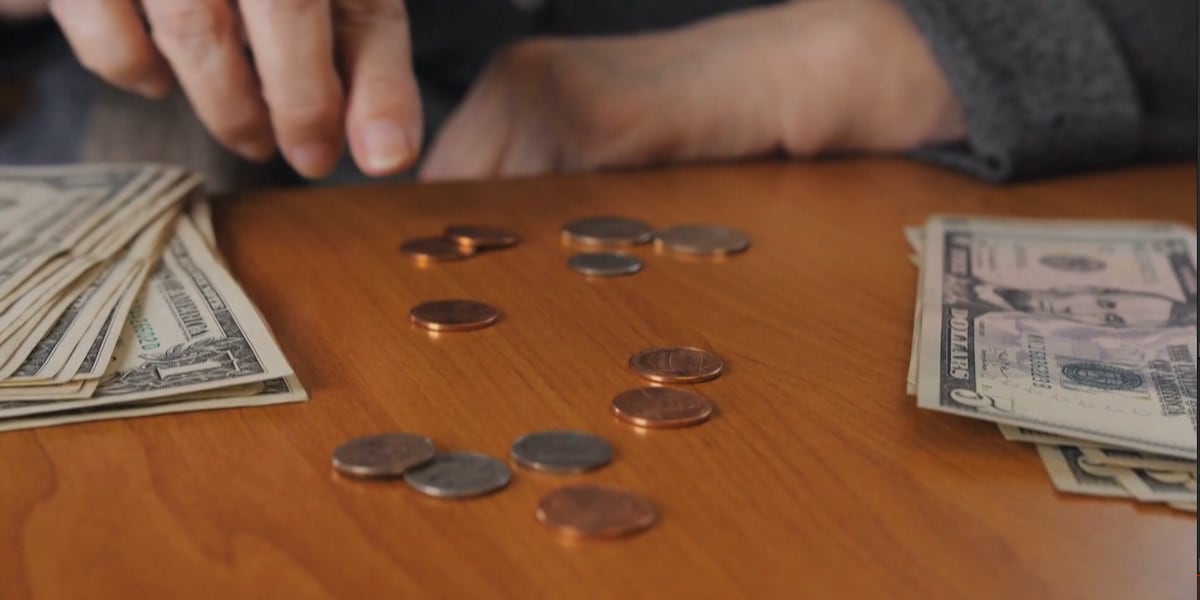Penny Pinched: Local Entrepreneurs Sound Off on Potential Coin Cutback

In a striking display of fiscal inefficiency, the United States government poured a staggering $179 million of taxpayer money into minting nearly 4.5 billion pennies during the 2023 fiscal year. This eye-opening expenditure highlights the ongoing debate about the economic practicality of producing the smallest denomination of U.S. currency, which costs significantly more to create than its face value.
The massive production of pennies represents a curious economic paradox, where the cost of manufacturing these copper-colored coins far exceeds their actual monetary worth. With each penny costing more to produce than its one-cent value, the continued mass production raises important questions about monetary policy and government spending efficiency.
Taxpayers might be surprised to learn that their hard-earned dollars are being used to create millions of coins that, in many economic perspectives, have become increasingly obsolete in an increasingly digital financial landscape. This revelation underscores the need for a critical examination of currency production practices in the modern economic era.

